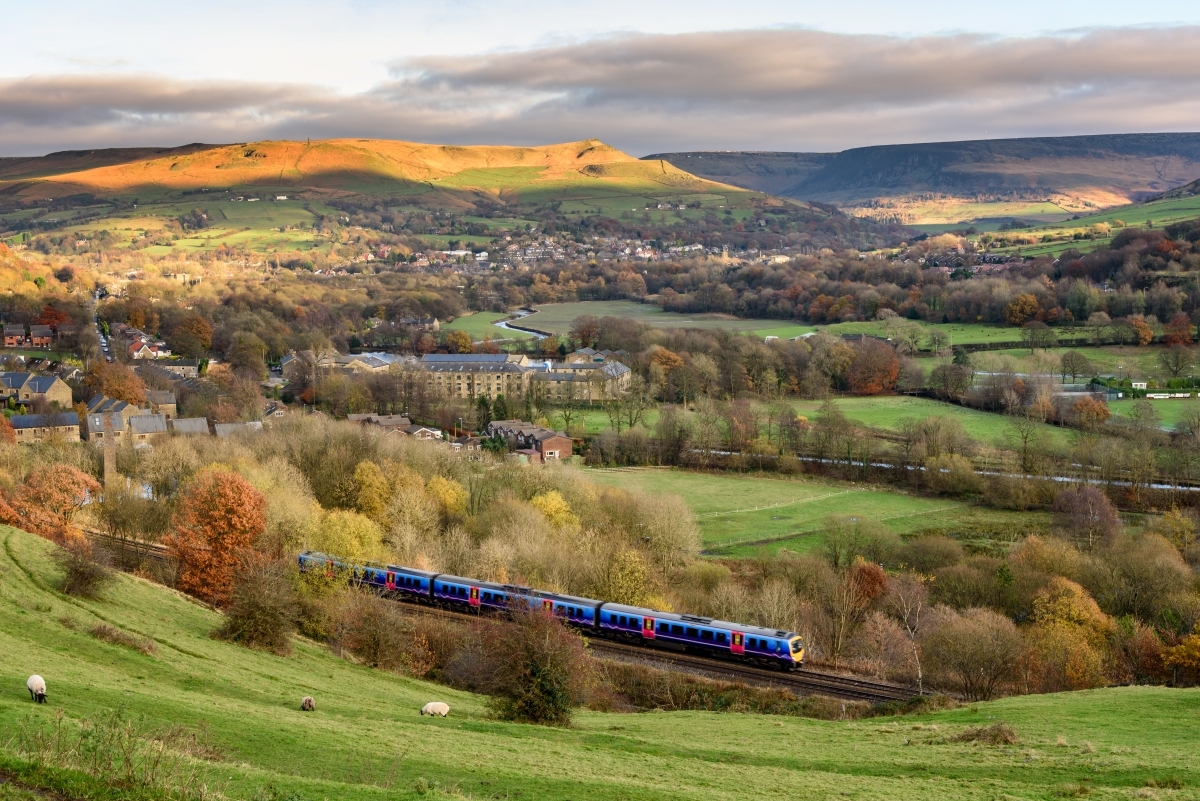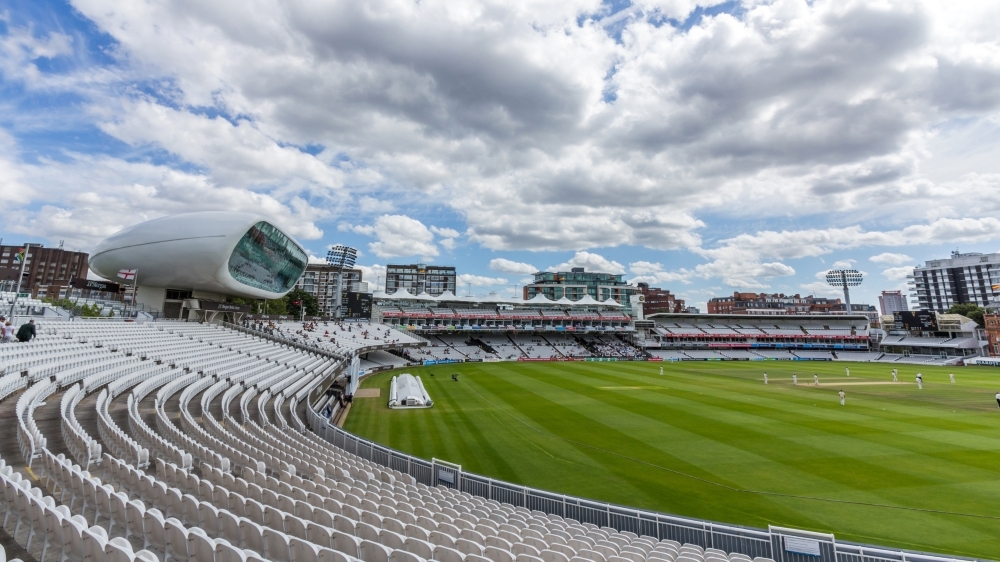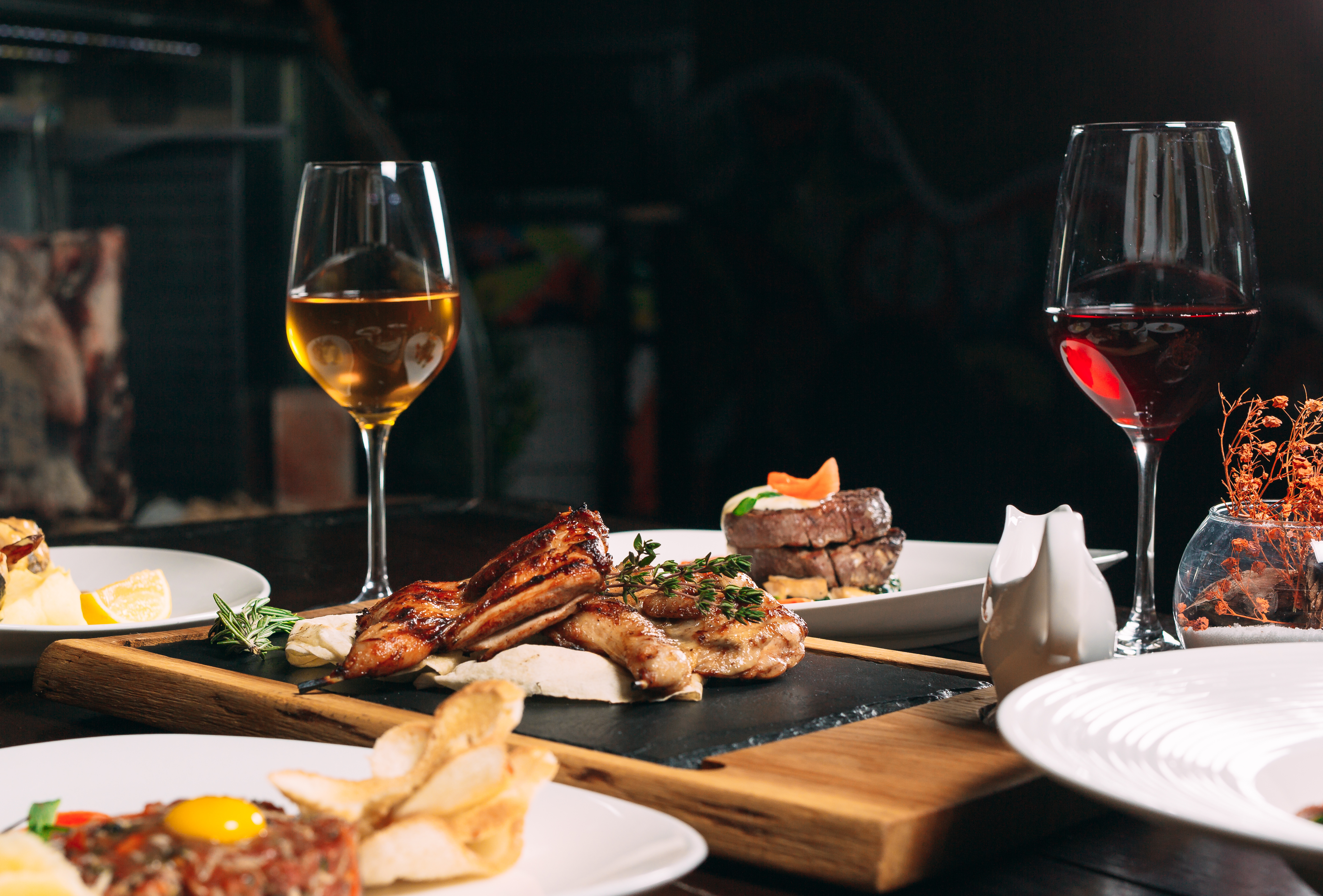The Palaces of London
The city of London has advanced almost 1000 years since the first ever palace was created within its borders. This was the Palace of Westminster, built by Edward the Confessor around 1040 as his official royal residence and seat of power that eventually became home to England’s developing Parliament. It was famously destroyed by fire in 1834, with only Westminster Hall remaining standing.
In the ten centuries that have followed the Palace of Westminster’s beginnings, there have been whole worlds of drama, chaos, combat and evolution at play in the capital. Each generation has continued to create palaces in this regal tradition, using the great minds, architecture, construction methods and design styles of the day. As a result, London boasts a collection of some of the best palaces in Europe, and indeed perhaps the entire planet.
Here is our guide to the finest among them.

Buckingham Palace
It would be extremely difficult to start anywhere but with Buckingham Palace. The King of England’s official residence can be traced back to its purchase by King George III as a private home for Queen Charlotte in 1761. The celebrated architect John Nash took the palace on as perhaps the most significant work of his life in the early 18th century and is mostly responsible for the magnificent structure that we recognise today. An unmistakable façade provides the backdrop for countless national celebrations and state ceremonies, with classic English institutions such as The Changing of The Guard still providing the perfect spectacle for tourists in modern day.
Interestingly, there is so much more for visitors to see now, too. Since 1993, the public can gain thrilling access to a collection of 19 state rooms, and the grand Throne Room, alongside some of the fantastic gardens that this palace is so famous for. In these staterooms, you will find priceless pieces of art from masters such as Rembrandt and Vermeer. This is the crown jewel of Central London and a must for visitors interested in the monarchy and regal life.
Kensington Palace
The serene gardens and meticulous landscaping of Kensington Palace have provided a stunning outlook for over four hundred years of England’s royal history. In fact, Prince Albert himself designed them, if more provenance was needed. This is a much more informal and intimate palace than the colossal majesty of Buckingham, but that doesn’t mean it is held in any less than the highest regard. Built originally as Nottingham House in 1605, it was given palace status in 1689 when William III bought it in an attempt to escape from the rising pollution of Central London’s murky air. The Baroque architecture that pervades here was a good reflection of the tastes of William and Mary, and also later down the line of succession through Queen Anne.
However, it will perhaps be forever most connected to the life and work of Diana, Princess of Wales and now serves as the official home to her son, the current Prince of Wales and his young family. It also operates as a museum with a collection of iconic pieces from Diana’s life, including gowns worn at the White House, and even toys given to a young Queen Victoria when she was a resident here. Moments of England’s history are crystallised here forever.
Hampton Court Palace
Certain places in the world will forever remain inextricably linked to individuals who lived there, no matter what comes after they leave. The same philosophy works for palaces, too. Hampton Court Palace and Henry VII go hand in hand and loom large in this part of Richmond Upon Thames in South West London.
This palace was a gift to Henry from Cardinal Wolsey in 1515 in an attempt to win the all-important royal favour from him. The splendid Great Hall and surrounding corridors positively hum with the betrayal, intrigue and whispers etched in the atmosphere from over 500 years of stories here. It was here that Anne Boleyn fell, and Jane Seymour rose in such world-changing political drama. Visitors can wander through the famous King’s apartments that still house his original furnishings to provide an immersive journey deep into his reign. Tudor-themed events and annual reenactments at Hampton Court Palace make it unlike any other location in London, with an opportunity to bring the past to life in a visceral way. This is a captivating and educational, must-see location for those who want to get as close to history as possible.
The Tower of London
The Tower of London has had several roles in its history of almost a thousand years. Since William the Conqueror made it a part of the London landscape in 1078, it has served as a fortress, a prison and, of course, a royal palace too. Dug into the north bank of Old Father Thames, it has long been a symbol of enduring authority and strength for many incarnations and generations of the royal family.
Its purpose in the modern age combines security with a dash of theatre as it is home to the Crown Jewels that include the Imperial State Crown and the infamous Koh-I-Noor diamond amongst them. The Yeoman Warders, more commonly known as Beefeaters, provide engaging guided tours with links to the most famous tales within the walls. This was the place where Anne Boleyn was executed, and Sir Walter Raleigh was imprisoned and also the setting for the mystery of the Princes in the Tower, a story that remains unsolved to this day. As is fitting for such an age-old institution, there is a healthy dose of superstition too, with the Tower of London’s ravens believed to protect the palace and indeed the whole kingdom from harm. Quite the responsibility.
The palaces of London should be high on the list of any visitor who has the time to embark on a historical sightseeing tour of the city. With so many interesting stories, so much fascinating architecture on show and lots of opportunity to immerse yourself into a whole millennium of England’s royal past, they can provide an experience fit for a king or queen.



